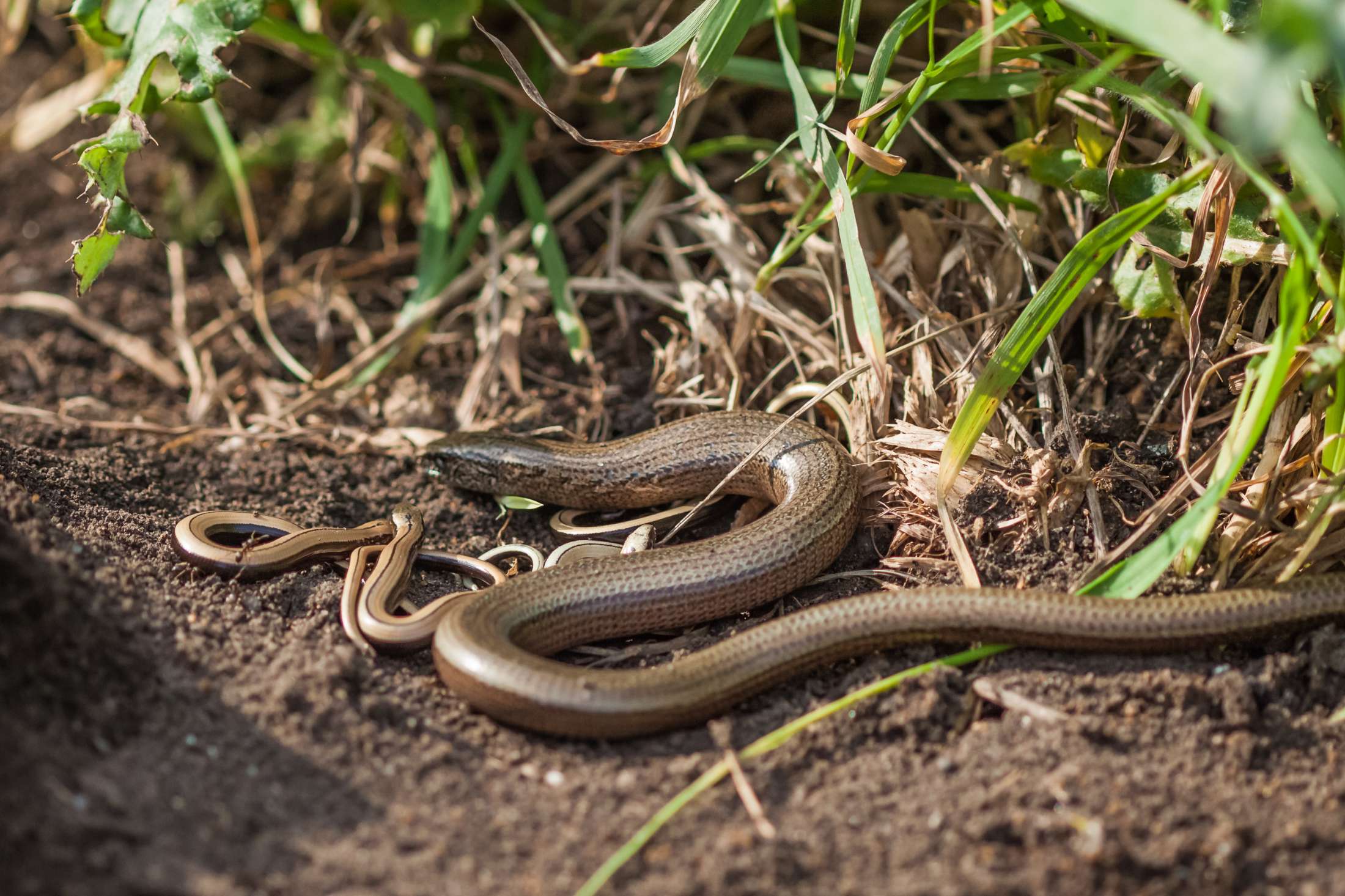
Here at Wild Gaia we’re always interested in hearing any good ideas for new and innovative rewilding projects or any projects which can help with the Irish Biodiversity Crisis. I often ponder this myself and was fascinated by a very interesting article I was reading recently in the Bulletin of the Irish Biogeographical Society (Number 44 (2020)). It’s all about a study undertaken in the Burren by a dedicated conservationist in his free time over several years up to 2019 (and I believe that there will be a further update in this year’s 2024 summer bulletin). I wonder if there’s a project idea arising out of this study?
Slow worms Anguis fragilis (the Latin name means fragile snake, although they’re actually legless lizards and neither worms nor snakes) are not native to Ireland but were first recorded in 1972. Since then, they have very slowly spread and now occupy an area of approximately 44km2. The story of their origin is interesting too. They were once often kept as pets in Britain, and one story is that they were brought to the Burren by a new age traveller family and released. Although that could simply be wild speculation and maybe an Irish Pet Shop sold them back in the 1950’s or 1960’s. Perhaps we should do some work on the genetics of the slowworm in Ireland?
Whatever their origins, they seem to be here to stay, and the National Biodiversity Records Centre has outlying records for Mullingar, Minane Bridge (Co. Cork), Dundalk and even in Killester in Dublin City[1].
You know, I think we should do a project on slowworms in Ireland. Watch this space, for updates, but will soon be looking into the genetics of Irish slow worms and trying to finally work out their origin story once and for all.